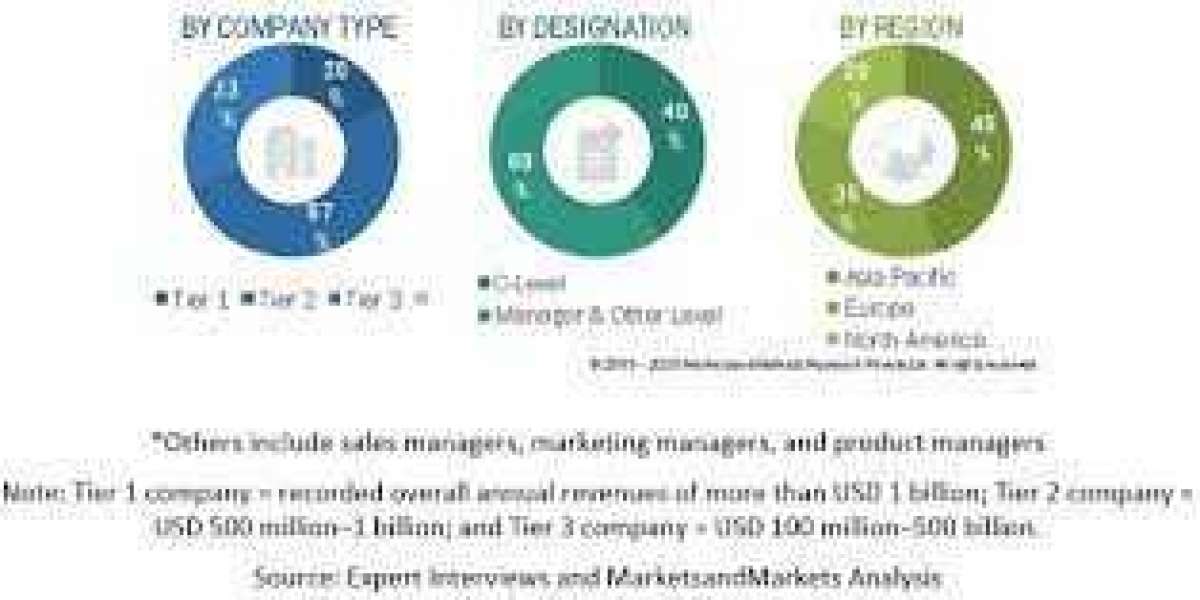According to a recent market study by Future Market Insights, the global security testing market was valued at $7.9 billion in 2021 and is projected to grow to $27 billion by 2032. According to the report's conclusions, the BFSI sector is expected to continue to be the largest source of revenue.
Large volumes of extremely sensitive data must be processed by BFSI, and its software must undergo regular testing to guarantee the security of this data. Demand is also anticipated to be driven by the rise of digitalization, home transactions, and remote workers.
United States to Command the Larger Proportion of Security Testing Sales throughout the Analysis Period
The demand for Security Testing is primarily driven by the United States, which accounts for over 35% of the market and experienced a CAGR of 13.7% from 2017 to 2021. Future market growth is anticipated, with an estimated market value of US$ 9.4 billion and an absolute dollar opportunity of US$ 6.3 billion. The main factor driving demand is the expansion of government rules requiring testing to support cybersecurity.
Request Sample Report @
https://www.futuremarketinsights.com/reports/sample/rep-gb-2452
Security Testing Market: Competition Insights
At present, Security Testing providers are focused on harnessing new technology and addressing recent cybersecurity breaches. The key companies operating in the market include IBM, SecureWorks, Synopsys, Rapid7, Micro Focus, Cigniti, ATT, WhiteHat Security, Veracode, Checkmarx, McAfee, Core Security, Parasoft, ScienceSoft, Data Theorem, Kryptowire ,LogRhythm, PortSwigger, ImpactQA, and NowSecure
Some of the recent development in Security Testing are as follows:
- In June 2022, Synopsys, Inc. announced the acquisition of WhiteHat Security for US$ 330 Mn. Whitehat is a provider of application security testing SaaS.
- In June 2021, HelpSystems and Cybellum announced a partnership to offer an automated automotive security scanning and vulnerability management analysis solution
- In April 2021, IBM Security announced a collaboration with HCL Technologies for the unification and streamlining of threat management though an SOC platform.
- In August 2021, FireEye introduced FireEye XDR. The platform aims to help security teams to detect and respond to threats in a more efficient and streamlined manner. FireEye Helix offers an integration by offering SOAR and SIEM capabilities via Mandiant-powered threat intelligence.
- In July 2020, Checkmarx partnered with Gaming Innovation Group. Through this, GiG developers will be able to access a source code scanning tool to aid in security testing.
- In September 2020, Indium Software announced the launching of its unified smart testing platform uphoriX, which combines functional testing, performance testing, security and compatibility. The testing is automated over the cloud and compatible with testing tools.
Ask an Analyst @
https://www.futuremarketinsights.com/askus/rep-gb-2452
Market Segments Covered in Security Testing Market Analysis
By Type:
- Application Security Testing
- Network Security Testing
- Device Security Testing
- Social Engineering
By Deployment Size:
- On-premises
- Cloud
By Organization Size:
- Large Enterprises
- SMEs
By Vertical:
- SMEs
- Large Enterprises
- IT
- Telecom
- Retail and E-Commerce
- Education
- Others
By Region:
- North America
- Europe
- Asia Pacific
- Middle East and Africa
- Latin America
Table of Content
- Executive Summary
1.1. Global Market Outlook
1.2. Demand-side Trends
1.3. Supply-side Trends
1.4. Technology Roadmap Analysis
1.5. Analysis and Recommendations
- Market Overview
2.1. Market Coverage / Taxonomy
2.2. Market Definition / Scope / Limitations
- Market Background
3.1. Market Dynamics
3.1.1. Drivers
3.1.2. Restraints
3.1.3. Opportunity
3.1.4. Trends













